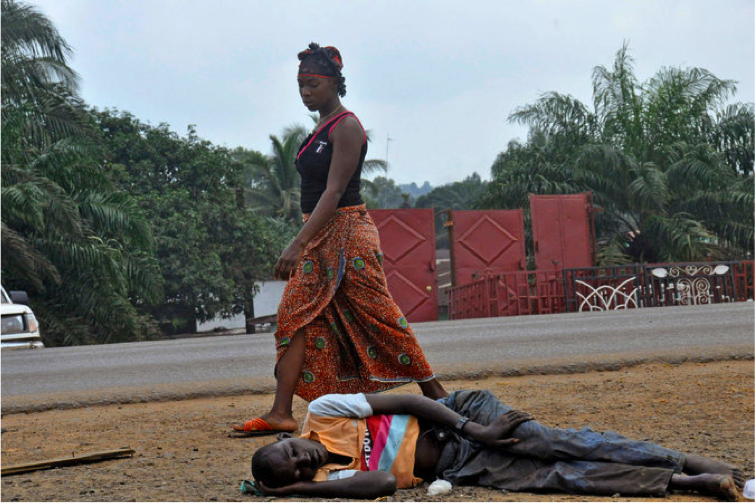In Canada, recent debates over the role of the Reserves and the Canadian Forces (CF) more broadly have focused on the impact of cuts on readiness. Prime Minister Stephen Harper’s government has proclaimed its determination to avoid cuts to the number of troops in the Regular Force or the Reserve. However, the cuts that the government’s deficit-slaying priority demands must come from somewhere. As a result, operations and maintenance funding has suffered, leading Canada’s service chiefs to warn of long-term consequences for readiness. While the government talks of cutting the “teeth-to-tail” ratio by reducing administrative expenses, experts warn that these cuts will inevitably fail to produce significant savings.
The United States faces similar fiscal pressures. President Barack Obama’s administration is reducing the defence budget, and the Defense Department is subject to forced annual cuts across all program areas as a result of sequestration. Even if Republicans and Democrats reach an agreement that ends the automatic cutbacks, further defence spending reductions will likely continue given the high federal deficit. In the words of a recent report by the Center for a New American Security, “budgetary constraints…are driving strategy.”
However, unlike Canada, the U.S. is starting to make real strategic choices about defence spending. In short, the U.S. is taking steps to cut the number of troops in the Army and Marine Corps to prioritize the Air Force and Navy. As Defense Secretary Chuck Hagel pointed out, the Pentagon’s 2014 budget is the first to move beyond long-term ground wars, since the U.S. has withdrawn from Iraq and is due to complete its withdrawal from Afghanistan by the end of 2014. The main focus of U.S. defence policy has shifted from Middle Eastern wars to the Pacific, where Obama aims to counter the rise of an assertive China. Necessarily, this involves a greater role for the Air Force and especially the Navy, which are better suited to projecting power over long-distances. Moreover, the turbulent domestic politics of many of America’s regional allies rule out establishing large U.S. Army bases in the region. As a result, the Pentagon plans to reduce the size of the Army by 80,000 soldiers (from 520,000 to 440,000) and that of the Marine Corps by 10,000 soldiers (from 190,000 to 180,000). Moreover, the U.S’s four leading defence think tanks all agree that large reductions in ground personnel are necessary in order to ensure investments in new naval, air, and cyber systems.
Still, the strategic environment following the Cold War demonstrates that future threats cannot always be predicted. For instance, in the 1990s the emergence of a revolution in military affairs involving space-based intelligence assets and precision-guided munitions led many to conclude that the future of warfare would involve precision strikes by air and naval assets, with little role for the Army. Military scholars filled books analyzing how NATO’s 1999 air war with Serbia defined modern warfare. Scarcely two years later, the 9/11 terrorist attacks and the ensuing ground invasions of Iraq and Afghanistan caused Kosovo to recede as a model, and counterinsurgency operations became paramount in Western military thought and planning.
To their credit, America’s defence planners do recognize that the future strategic landscape is unpredictable. While large-scale land conflicts appear unlikely in today’s strategic environment, the consensus among American planners is that maintaining reserves trained for high-intensity ground war will provide a useful strategic hedge at much lower cost than an equivalent number of regular force troops. The 2010 Quadrennial Defence Review noted that using the National Guard and Reserves will enhance the military’s financial efficiency and sustainability. As a result, recent reports by both the Center for a New American Security and the Stimson Center call for maintaining the Reserves at current strength and even expanding them.
The American experience and policy choices are directly relevant to Canada. Of course, Canada does not have extensive global defence commitments like the United States. Nevertheless, in the aftermath of Afghanistan, the Air Force and Navy are increasingly important to the Army. Canada’s expanding economic interests in the Asia-Pacific and Africa give it a key interest in maintaining stability in those regions, tasks that are accomplished best by naval assets, air transport, and a light ground presence. Moreover, Arctic sovereignty, a key priority of the Harper government, is also best secured by marine patrols and aerial surveillance. For instance, to respond to recent crises in Libya, Mali, and Ukraine, the government turned primarily to air and naval assets to respond. Finally, from a narrowly financial perspective the current policy of keeping troop numbers steady while delaying procurement programs and cutting operations and maintenance, promises to produce a force that will be increasingly incapable of using the aging weapon systems it maintains. As such, former Chief of the Defence Staff Rick Hillier called for reducing the force from 65,000 to 50,000 in order to better fund readiness and procurement.
Reductions to the ground component are preferable to cutting readiness, but as in the case of the U.S. this means that Canada risks being caught flat-footed if a major ground war were to erupt. Thus, if Canada does cut the Regular Force it should at the very least maintain current Reserve manpower, or even expand it. Nevertheless, mere numbers are not enough. According to recent reports, the Department of National Defence has subjected Reserve units to severe budget cuts, forcing them to halt training exercises. Obviously, only a well-trained Reserve Force can provide strategic depth for the nation and meet the Forces’ operational needs.





